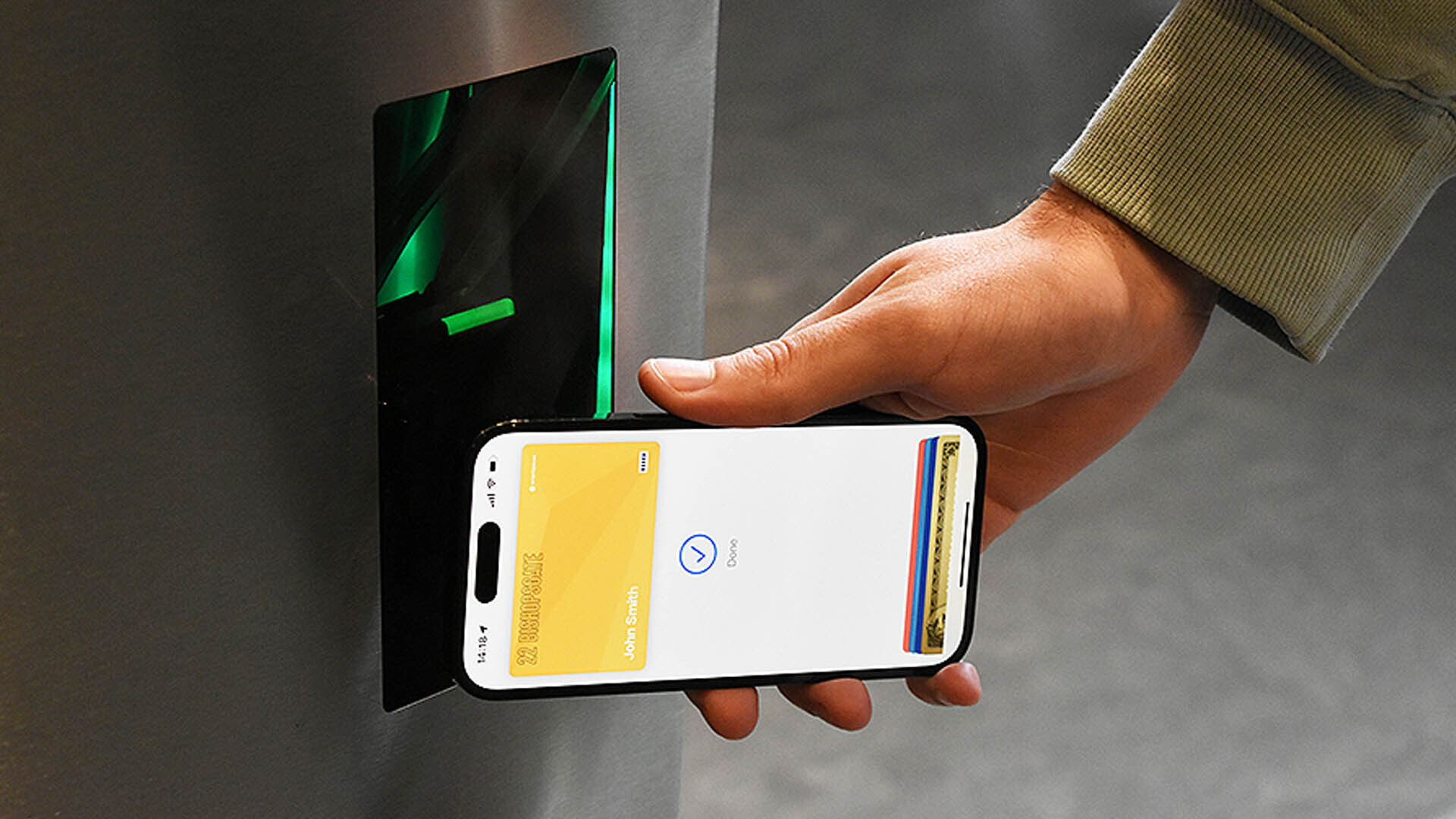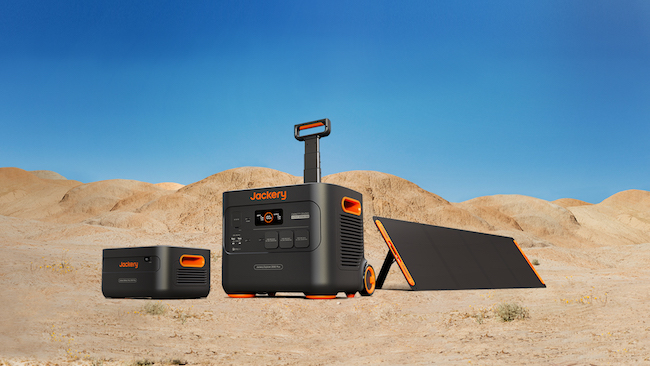In today’s digital era, the convenience and convergence of using smartphones and wearables for various purposes, including building access, have become increasingly common. Apple Wallet integration for mobile access control allows iPhone users to use their Apple Wallet for building entry, storing digital versions of access cards and employee badges within the wallet. While this promises a seamless user experience, there are important cost considerations to take into account before adopting this technology.
Reader and Firmware Upgrade Costs:
Apple Wallet integration requires compatible NFC readers, and this can be a significant cost factor. Older access control hardware and infrastructure may not support Apple Wallet integration, leading to the need for reader upgrades or replacements. Readers manufactured before 2016/17 are likely to lack compatibility, which can rule out a substantial portion of existing readers.
As part of your budgeting process, consider the number of readers on your site and their ages. Upgrading or replacing readers can cost over $1,000 per door, depending on local labor markets. For example, upgrading 20-30 NFC-enabled readers could amount to $20,000 – $30,000 in hardware costs alone. Additionally, factor in potential business disruption when phasing in new hardware and training employees.
In some cases, a firmware update might be possible on-site, but this still involves labor costs and coordination with integrators to avoid voiding warranties.
Custom Integration Costs:
Each building may require its own Apple Wallet integration, even if you use the same type of reader across different facilities. This can lead to increased complexity and cost, as each integration must be qualified, vetted, tested, and approved by Apple. Custom integrations can range between $10,000 and $20,000, excluding labor costs for reader firmware updates and associated software.
Managing different reader types from various manufacturers, such as HID’s Signo and Wavelynx Ethos readers, can further complicate the setup process. Coordinating with these companies and authorised integration partners adds to the overall cost.
Additional Costs:
Consider other costs that may not be immediately apparent, such as Apple license fees (approximately $3 per user per month), seat license fees (approximately $6 per user per year), software single sign-on (SSO) infrastructure costs, and facility credential management fees. These costs can add up quickly and should be factored into your budget calculations.
Example Cost Estimate:
Let’s take an example of a company with 1,000 users, assuming that 53% of them use iPhones:
- Apple License: 530 users x $3/user/month x 12 months = $19,080 annually
- Seat License: 530 users x $6/user = $3,180 annually
- New hardware (20-30 NFC enabled readers + installation cost): $20,000 – $30,000
This results in a base fee of $22,260+ per year for Apple Wallet integration for 530 users, with an additional $20,000 – $30,000 in new reader hardware and installation costs.
Considering Alternatives:
It’s important to evaluate whether the costs associated with Apple Wallet integration align with your specific needs and budget. Alternatives like Sentry Interactive offer NFC Mobile Access for both iOS and Android users without the need for additional hardware upgrades or replacements. This can significantly reduce costs and minimise disruption to your existing access control infrastructure.
Broad-Scale Adoption:
For broad-scale adoption, it’s essential to consider user preferences. While Apple Wallet may be popular in some regions, Android devices are widely used globally. Therefore, decisions should align with user preferences to ensure widespread usability and efficiency.
In conclusion, before implementing Apple Wallet integration for mobile access control, carefully assess the costs involved and explore alternative solutions that offer a seamless user experience without the need for extensive hardware upgrades. Making informed decisions can help you achieve efficient and cost-effective access control solutions.






